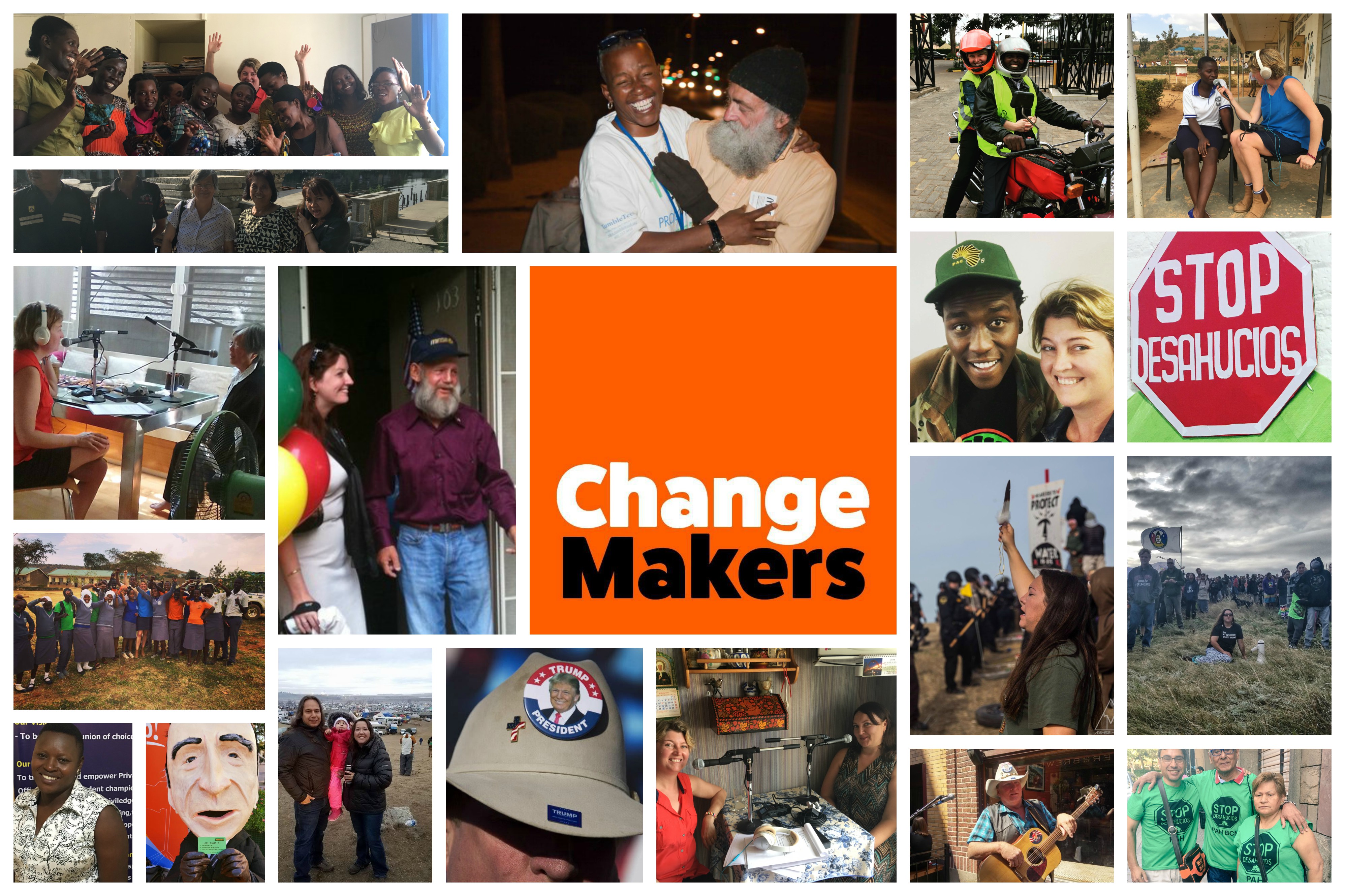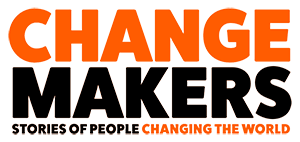Useful texts
 THINKING ABOUT ACTION
THINKING ABOUT ACTION
Rules for Radicals – Chptr 7 – Tactics – Saul Alinsky
Rules for Radicals is the most widely read social change book in the world, and this chapter is probably what makes it so famous. It is an exploration of 13 ‘go to’ rules for thinking about what makes our public action powerful. They are not suggestions but rather concepts that change makers can consider in planning how to act powerfully, and generate powerful responds from decision makers.
Forms of People Power by Amanda Tattersall
There are many ways to make change and this short article breaks down five different strategies for bringing people together – playing by the rules, mobilising, organising, prefiguring and parties. This article explores the implications of ‘people power strategies’ for organising.
DOING ONE TO ONE MEETINGS
Roots for Radicals; The relational meaning by Ed Chambers
Scaling Change: negotiating the challenges of big and small by Amanda Tattersall
Having effective and powerful one to one meetings is the heart of good organising. Its how the most effective teams that we cover in the show build their teams, then build their volunteer base. This whole book is a wonderful guide to relational organising and this chapter gives you a clear understanding of the how and why of the relational one to one meeting.
SCALE
Scale is the most confusing word in social change by Amanda Tattersall
Scale is one of the most frequently used and poorly understood terms in the social change lexicon. This article brings breaks down the idea of scale by separating out the axes of fast and slow, and big and small, to identify a variety of strategies that can help movements to scale.
PUBLIC NARRATIVE
What is Public Narrative? (2008) by Marshall Ganz
Storytelling is a critical ingredient of good social change, and that includes telling the stories about why we are compelled to take social action. This is one of the most powerful texts that explains how and why public narrative is important for everyday community leaders for engaging others in action.
TAKING ACTION
Faithful Citizens; Assembling in Solidarity by Austen Ivereigh
There is a world of difference in the power of public action, this text runs through some principles to consider that make public action powerful. Based on the practices of Citizens UK, and in turn the work of the Industrial Areas Foundation, this Chapter provides some useful summaries about a community organising approach to action.
BUILDING NETWORKS
Networked Change: How progressive campaigns are won in the 21st Century by NetChange
Social change doesn’t only happen through formal coalitions, it often happens through loose decentralised networks of people and organisations. This report reviews dozens and dozens of campaigns then draws out lessons about what makes them work. It identifies four key practical principles useful for any ChangeMaker.
TAKING DIRECT ACTION
“Letter from Birmingham Jail” by Martin Luther King Jr
(Credit: kingpapers.org)
Non Violent Civil Disobedience is an art and a science and this short letter is a useful explanation about its purpose to facilitate negotiation and transformation. It was written while Martin Luther King Jr was in jail and still has relevance to how we act today.
COMMUNITY-LED RESEARCH
Who will lead us to policy salvation? Community-led policy and the power of us by Amanda Tattersall
Researcher can also learn from social change and community organising practice to improve how they connect and engage affected communities in their research.
